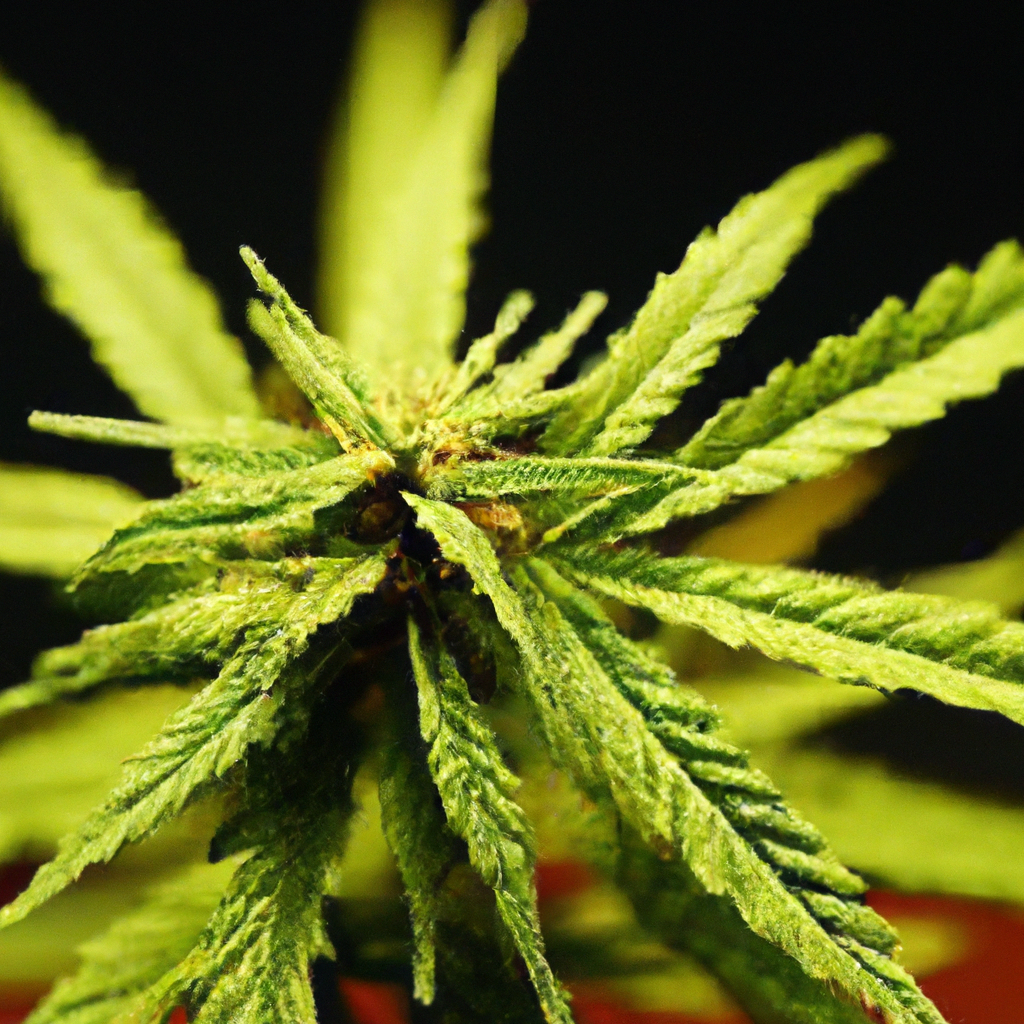Your cart is currently empty!
The story of cannabis is as tangled and fascinating as the plant itself. From ancient remedies to modern-day discussions surrounding legality and health benefits, the journey of cannabis has been a winding path filled with both controversy and celebration. This post dives into the deep roots and budding future of cannabis, exploring its historical significance and the groundbreaking scientific advancements echoing across the cannabis landscape today.
Ancient Roots: Cannabis in Early Civilizations
The history of cannabis dates back thousands of years and spans various civilizations across the globe. Archaeological evidence suggests that early cultures in Asia utilized cannabis for its fiber, medicinal properties, and psychoactive effects. Notably, the Shen Nong Ben Cao Jing, an ancient Chinese text, references cannabis as an important remedy used to alleviate pain and treat various ailments.
As trade routes expanded, the use of cannabis traversed continents, influencing cultures and traditions. In India, it became an integral part of religious rituals, while in the Middle East, it was used as an aid for meditation and creativity.
The Western Awakening: Cannabis in Europe and the Americas
With the Age of Exploration, cannabis found its way to Europe and later to the Americas. In the 16th century, European botanists documented its use and cultivation methods, emphasizing its potential in producing hemp for rope and textiles.
In colonial America, cannabis played a crucial role in the agricultural economy. Hemp was so vital that farmers were encouraged—even required in certain colonies—to grow it. Intriguingly, early American presidents like George Washington and Thomas Jefferson advocated for its cultivation.
The Scientific Renaissance: Unveiling Cannabis Compounds
In recent decades, technological advancements and scientific curiosity have ignited a renaissance in our understanding of cannabis. Researchers have uncovered a complex array of compounds within the plant, known as cannabinoids. These cannabinoids, including THC and CBD, have been linked to a variety of health benefits such as pain relief, anxiety reduction, and anti-inflammatory effects.
Emerging research continues to explore these compounds, offering insights into their interactions with the human endocannabinoid system. This has led to a surge in interest regarding the therapeutic applications of cannabis in medicine, sparking comprehensive studies and trails worldwide.
The Road Ahead: Modern-Day Challenges and Opportunities
As cannabis legislation evolves, the industry faces numerous challenges, including regulatory restrictions, standardization, and educational gaps. Despite these hurdles, the growing acceptance and recognition of cannabis’s potential have paved the way for innovation and opportunities in fields ranging from cultivation to biotechnology.
Moreover, the cultural shift towards viewing cannabis as a legitimate medicine rather than merely a recreational substance is reshaping public perception and policy. This transformation emphasizes the importance of continued research and informed discourse to maximize benefits while addressing concerns.
Conclusion: Embracing Cannabis’s Multidimensional Future
The journey of cannabis—from ancient herbal remedy to its present role in the global scientific dialogue—highlights its multifaceted nature and potential. As we delve deeper into understanding its effects and benefits, we must continue to tread this path with curiosity, caution, and an open mind.
By embracing cannabis’s intricate past and its promising future, we can foster informed discussions and develop innovative approaches that align with our collective understanding and welfare.
Discover more from Magic Clones
Subscribe to get the latest posts sent to your email.


Leave a Reply